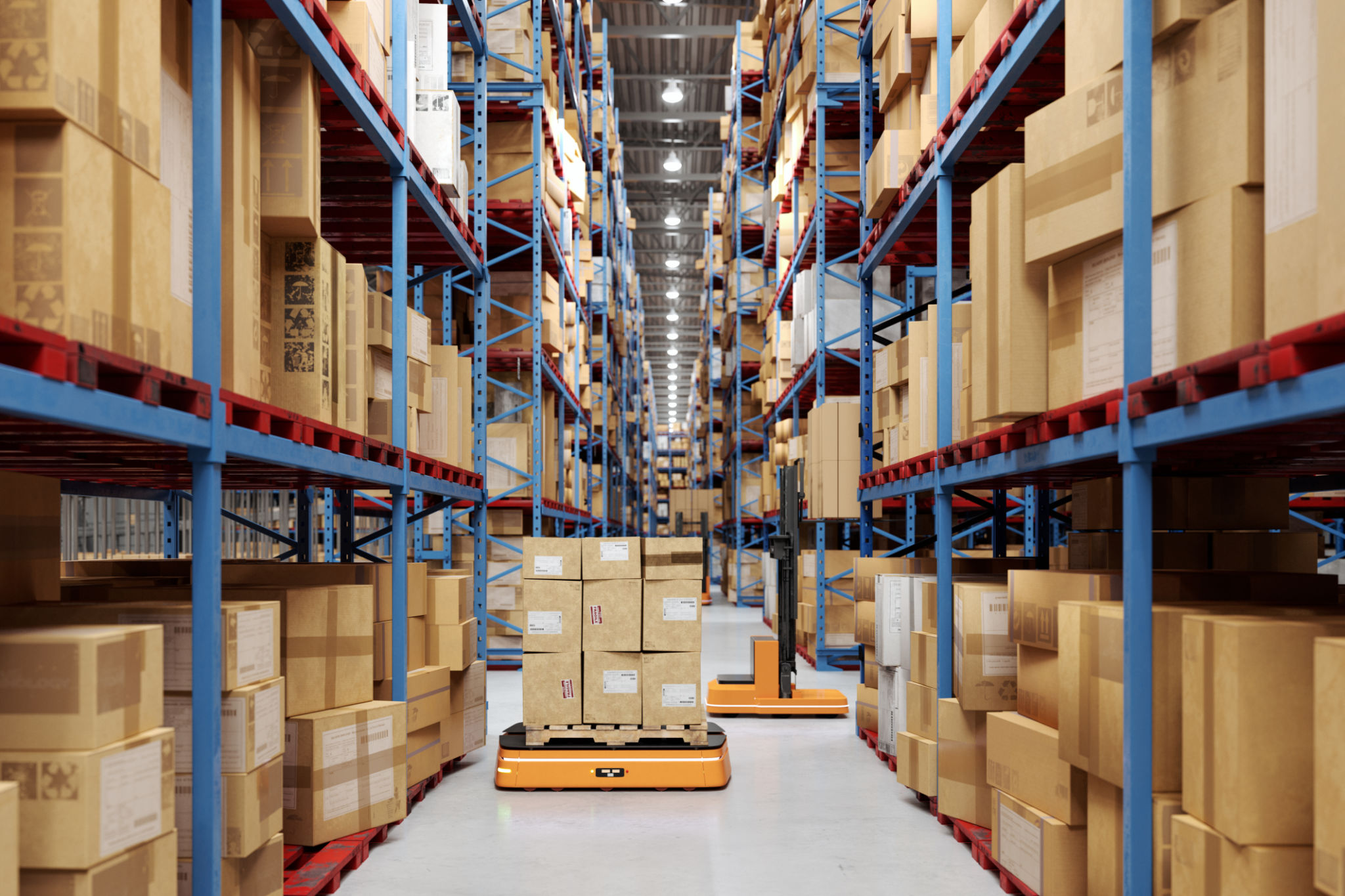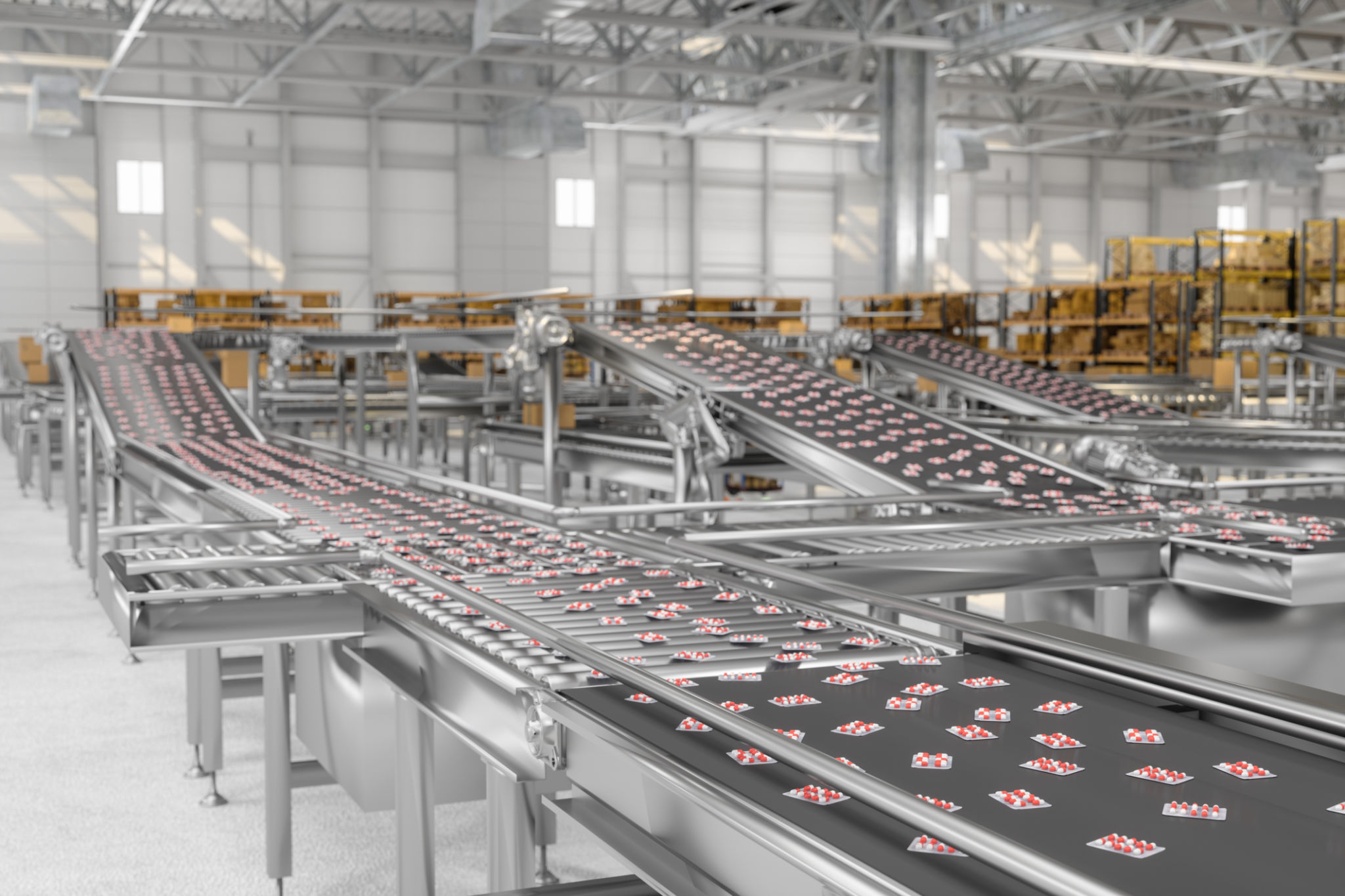Comprehensive Guide to Building Industrial Warehouses in Australia
Understanding the Basics of Industrial Warehouse Construction
Building industrial warehouses in Australia requires a comprehensive understanding of various factors, including location, design, and regulatory compliance. Warehouses serve as the backbone of supply chain operations, necessitating thoughtful planning and execution. In this guide, we will explore the key steps and considerations involved in constructing an efficient industrial warehouse.
One of the first steps is identifying the right location. The site should offer easy access to major transport routes and have adequate space for expansion. Proximity to suppliers and customers can significantly impact operational efficiency and logistics costs.

Designing for Functionality and Efficiency
The design phase is crucial in ensuring that the warehouse meets its intended purpose. Start by evaluating the type of goods to be stored, as this will influence the size and layout. Considerations such as ceiling height, floor load capacity, and dock door configuration are essential in accommodating different types of inventory, from heavy machinery to perishable goods.
Incorporating sustainable design principles is increasingly important. Features such as energy-efficient lighting, solar panels, and natural ventilation can reduce operational costs and environmental impact. Additionally, implementing automation solutions can enhance productivity and reduce human error.

Navigating Regulatory Requirements
Compliance with local building codes and regulations is a critical aspect of warehouse construction in Australia. This includes obtaining the necessary permits and ensuring the building adheres to safety standards. Engage with local authorities early in the process to understand specific requirements for fire safety, environmental considerations, and zoning laws.
It's also important to consider the potential impact of climate change on your warehouse. Building in areas prone to flooding or extreme weather may require additional structural reinforcements. Proper insulation and drainage systems can help mitigate these risks.

Choosing the Right Construction Materials
The choice of construction materials can influence both the cost and durability of your warehouse. Steel is a popular option due to its strength and versatility, while concrete offers excellent fire resistance. Consider using pre-fabricated materials to speed up construction time and reduce labor costs.
Investing in high-quality materials can lead to long-term savings by minimizing maintenance needs. Additionally, selecting materials that provide good thermal insulation can contribute to energy savings.
Understanding the Role of Technology
The integration of technology in warehouse operations is transforming the industry. Advanced management systems enable better tracking of inventory and enhance communication across supply chain networks. Automated systems, such as conveyor belts and robotic pickers, increase efficiency and reduce labor costs.

Adopting smart technologies can also improve safety by reducing the risk of accidents. For instance, sensors can monitor equipment performance, alerting staff to potential issues before they become critical.
Finalizing Construction and Preparing for Operations
As construction nears completion, focus shifts to preparing the warehouse for operations. This involves setting up storage solutions, installing necessary equipment, and ensuring all systems are functional. Conduct thorough inspections to verify that all construction components meet quality standards.
Staff training is equally important to ensure smooth operations. Educate employees on new technologies and safety protocols to maximize productivity from day one. Lastly, develop contingency plans for potential disruptions to maintain continuity in operations.

